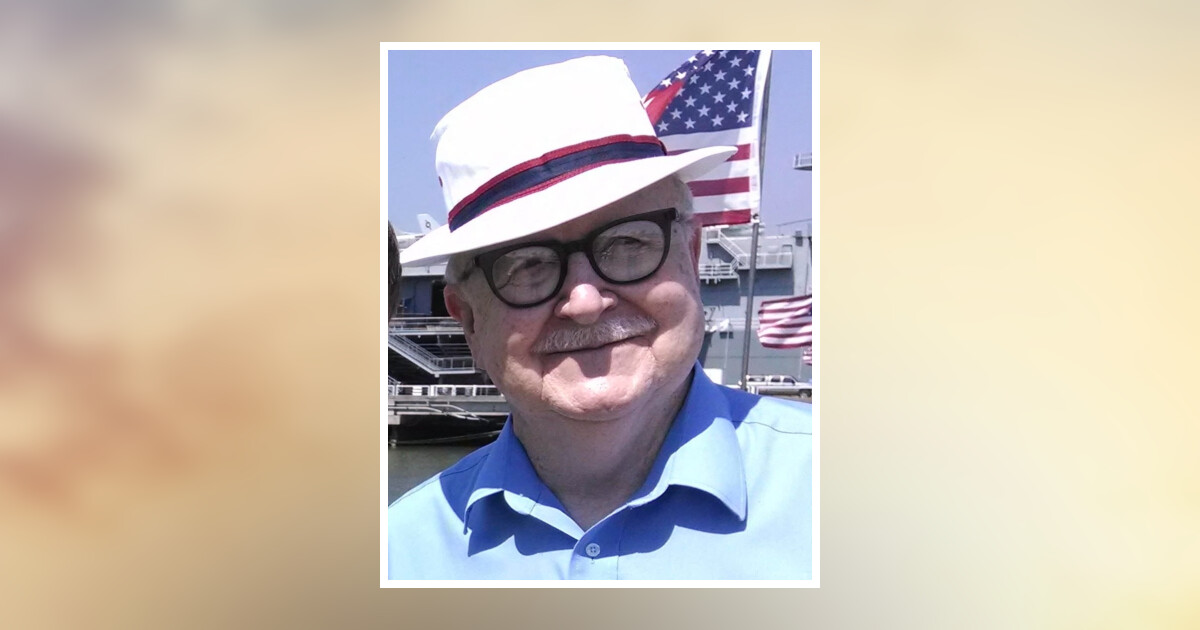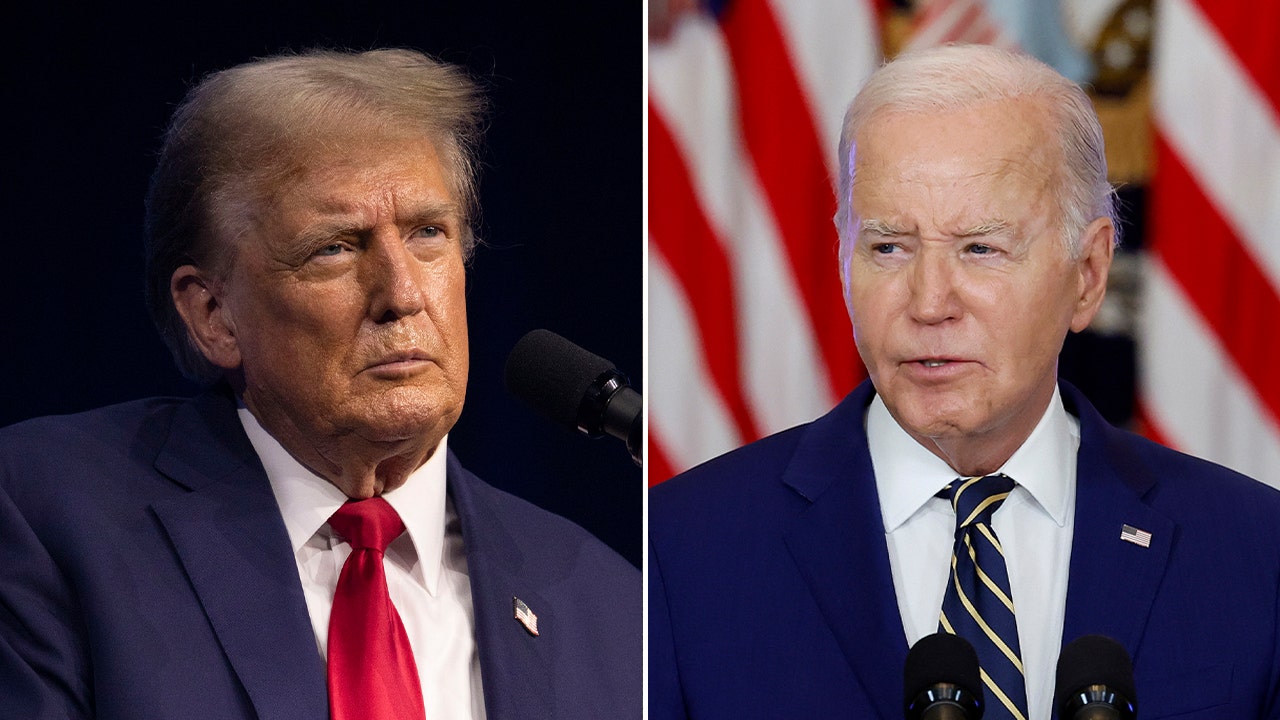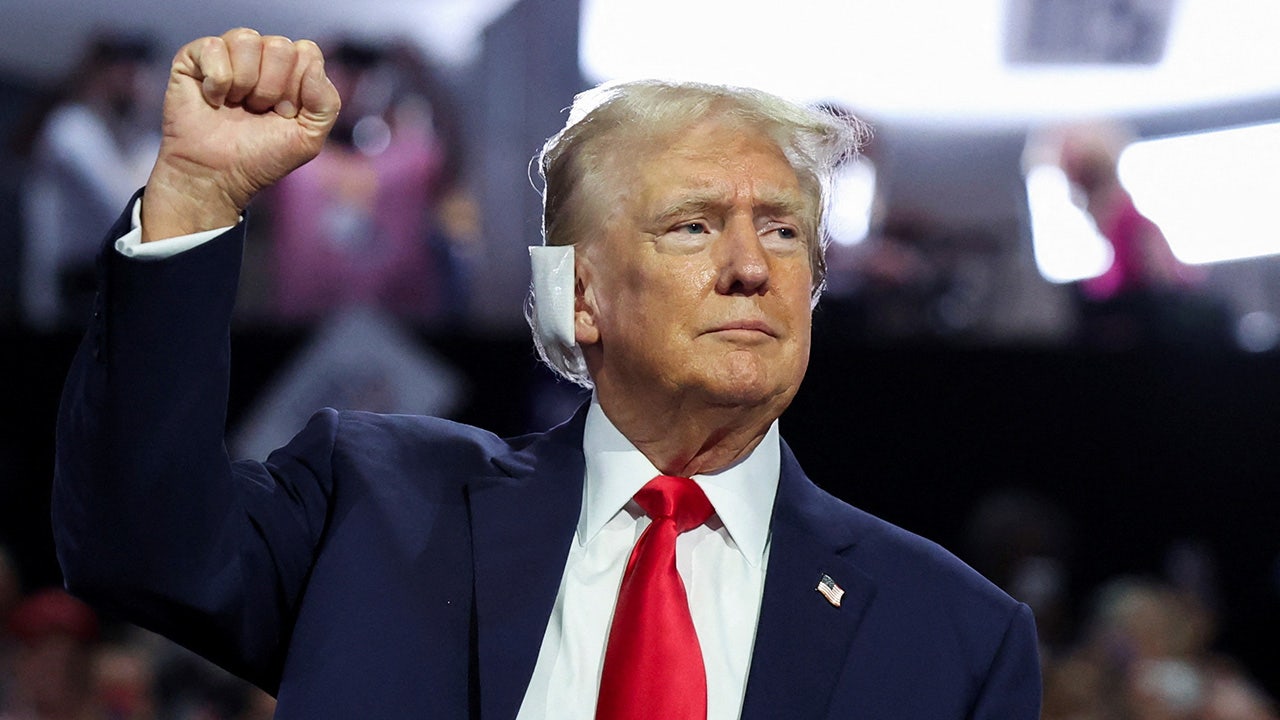Adapted from an online discussion.
Washington
Washington State, Oregon State Reportedly In Serious Trouble As Future Plans In Doubt

Washington State and Oregon State might not be bound for the Mountain West in the near future.
The Cougars and Beavers are the last two remaining PAC-12 programs following the conference imploding. The rest of the once-powerful conference split for the Big Ten, Big 12 and ACC.
WSU and OSU were left dangling in the wind, and eventually reached a scheduling agreement with the MWC. The belief has been that there would be some kind of merger.
A popular theory has been that the MWC will be folded under the PAC-12 banner (I have a Las Vegas dinner riding on a bet that this won’t actually happen), or that the Beavers and Cougars could join the MWC.
Will Oregon State and Washington State join the MWC? (Photo by Brian Murphy/Icon Sportswire via Getty Images)
Washington State, Oregon State face uncertain future.
It might be time to tap the brakes on those theories, according to a new report from CBS Sports. The interest might not be there as originally thought, but not from the side you’d think. The MWC reportedly has cooled on the idea of some kind of merger.
CBS Sports’ Dennis Dodd reported the following, in part, on the situation Oregon State and Washington State are in:
“On the surface, it makes sense for the best Group of Five conference to take in the last two Power Five schools remaining from the realignment chaos.
But after a week of speaking to industry sources during various media days, there seems to be momentum toward the Mountain West cooling on inclusion of Oregon State and Washington State. Such a move has been portrayed as expansion, a merger or a reverse-merger. (Although, it’s hard to envision who reverse-merges with whom.)
The Mountain West has a scheduling agreement with both teams for the 2024 season with a mutual option to continue the partnership in 2025. Might as well make that a Mountain West option because it’s becoming clear the conference doesn’t necessarily need or even want the Beavers and Cougars on a full-time membership basis.”
To be clear, there’s still plenty of time for something to happen and as Dodd pointed out himself, a merger is certainly possible. However, if the MWC has cooled on the idea of adding the final two PAC-12 teams, then they’re both in pretty big trouble.
What other options are out there? The answer is there really aren’t any. Perhaps they could try to poach other small schools from around the country, but that’s a plan that seems destined to fail.
The main reason why is TV money. If MWC schools stay where they are, then the duo would have to go hunting in regions of the country that aren’t close at all. That makes travel expensive, and the conference still wouldn’t have any real TV value.

What will happen to Washington State and Oregon State? (Photo by Michael Wade/Icon Sportswire via Getty Images)
It’s been a “MWC or bust” mentality seemingly since the PAC-12 imploded, and if the Mountain West isn’t returning the feeling, then it might be time for fans to start getting very nervous. Let me know what you think at David.Hookstead@outkick.com.

Washington
Advice | Carolyn Hax: 20-year-old listens to racist rapper. Should his parent speak up?

I know my son is no longer a child. I also know, “The ultimate tragedy is not the oppression and cruelty by the bad people but the silence over that by the good people.” I’m trying to respect boundaries. I’m also extremely disheartened. Thank you.
Do I Say Anything?: Ugh. I hate this question. I hate the circumstances that make it so relevant. I hate the messiness that makes it so hard to answer.
I hate that just before this chat, I was enjoying a video by my kid’s team manager — great kid, talented, works hard — set to music by a notoriously Nazi-curious performer.
Here’s all I’ve got: It is a parent’s job to raise children to find their way to sound moral reasoning. It is not a parent’s job to do the moral reasoning for their children, or to get them to the point of perfect soundness today/by tomorrow/immediately upon adulthood. Or to keep trying to rear them when they’re clearly adults. Ahem.
Think back to your beliefs at his age, and before, and after, and I think it’ll be clear that beliefs always evolve and deepen with time. We get there when we get there, at our own pace, using or discarding new information and others’ input as we see fit. You may have listened to offensive artists yourself at 20, but thrown away the recordings at 40.
Plus: A moral adult’s own reckoning with artists of grim character can be complicated. Are there painters whose personal lives you know to be problematic? Okay. Do you turn your eyes away from their works? Or do you look and admire because it was … enough years ago? You’re seeing them free? The artists can’t profit? No one knows you’re looking? Everyone was an oppressor back then!!
What about movies? With so many in the cast and crew and front office, do you boycott for one corrupted influence? The whole Miramax oeuvre: out?
So where does this land as far as advice … good question. That also depends on your kid, and how responsive he is to a parental intrusion on his thoughts. Some young adults will gratefully engage, some will eye-roll — and some are still immature enough to double down just because you butted in. That has a way of blurring even clear moral lines.
Overall, I advise playing the long game. Trust that your moral teachings have hit their mark and will be absorbed as he is receptive to them. If you can’t stop your mouth from moving, then I urge conversation over pronouncements. “How do you feel about X’s music since [relevant events]? I always struggle myself with art vs. the artist.” Then listen, listen, listen, because you’ve reared him already, and because you may just learn something from him.
Part of why this question is so challenging is that soft approaches feel wrong in the presence of such casual dehumanization. If ever there were a time for arm-flapping outrage, this would be it, right?
But what’s the point of the outrage: for its own sake, or to persuade? That’s both the crux of this answer and one entirely unto itself.
Washington
Thousands of RNC protesters denounce Trump, GOP agenda in Milwaukee

Inside the Fiserv Forum, home to the city’s professional basketball team, the Republican National Convention was kicking off its first day, still reeling after a gunman opened fire at the former president’s Pennsylvania rally on Saturday. The gathering brimmed with defiant energy, as delegates formally nominated Trump and prepared to greet his newly chosen running mate, Ohio Sen. J.D. Vance (R).
Outside, about 3,000 people filled a park near the arena, including representatives from more than 100 activist groups, in a long-planned protest of the GOP’s positions. The coalition said in its platform that it opposed Republicans’ “racist and reactionary agenda,” which organizers said threatens the rights of women, the LGBTQ community and immigrants.
The twin events — convention and protest — served as two early tests of how Americans would react to the first assassination attempt of a president or candidate in more than 40 years, which unfolded during what was already one of the darkest and most divided eras in recent memory. The initial indication: On both sides, little seems to have changed.
For Trump supporters, the shooting only increased their resolve, becoming the latest — and largest — grievance to animate a campaign focused on retribution.
Anti-Trump demonstrators, meanwhile, confronted the more delicate task of condemning the man they deem an existential threat to democracy while at the same time decrying the violent act that threatened his life. And the language of protest offered little room for nuance.
Organizers were careful to call out political violence of all stripes, but otherwise they showed few changes in rhetoric.
“Defeating the Republican agenda is a matter of life and death for working and oppressed people,” Kobi Guillory of the Freedom Road Socialist Organization told the crowd of protesters as they prepared to march toward the convention site.
Few speakers mentioned Saturday’s shooting, and demonstration coordinators said it did not impact their plans. It remains more important than ever to oppose the GOP agenda as loudly as possible, they said.
“If we can’t do it now, are we going to do it when it’s “Handmaid’s Tale” time?” said 69-year-old protest attendee Jackie Sparks, referring to Margaret Atwood’s dystopian novel set in a totalitarian society. “I hope it doesn’t come to that.”
Sparks, who drove up from Chicago to march, said both left and right have contributed to the corrosive political discourse, but one side bears much more blame.
“There’s divisive rhetoric on both sides, but the most violent rhetoric has been on the Trump side,” she said.
Christine Neumann-Ortiz, the head of Wisconsin’s largest immigrant rights group, Voces de la Frontera, said the country’s most vulnerable residents are still dealing with dangerous fallout from Trump’s first term in office.
“It is undeniable that Trump’s rhetoric, policies and actions have contributed to a climate of increased violence and hate crimes by white nationalists, especially against people of color,” she said.
Responding to a question about the shooting, Omar Flores, the co-chair of the Coalition to March on the RNC, said, “I think the Republicans are experts on political violence.”
The protest drew attendees from across the country, from Seattle and Los Angeles to Detroit and D.C., ranging in ideology from Democratic die-hards to far-left establishment critics. Many said they had made the trip because the stakes of November’s election have never been higher.
“If I have a message to the American people, it’s: Please stop being apathetic,” said Nadine Seiler, of Waldorf, Md. “I just want people to participate.”
Seiler, an American citizen originally from Trinidad, was wearing a shirt that read, “Stop Project 2025,” referring to the conservative playbook for a second Trump presidency.
Nearby, Jim Schwartzburg held a tie-dye sign denouncing the Republican Party in explicit terms. He traveled to Milwaukee from northern Wisconsin and said he was disappointed at the protest turnout.
“Obviously, the other side cares more,” he said. “And that’s the magic of Trump: He gets people who never got off their couches to come out.”
Other protesters echoed a long-held Democratic anxiety that seemingly everything that has happened in this chaotic presidential campaign only increases Trump’s chances of reelection.
Ranay Blanford, who served 20 years in the Army and was clad in a “Veterans Against Trump” tank top, worried that the shooting will energize Trump’s base, who will see him as “a hero, a martyr.”
At the same time, she said, the attack was “awful, deplorable.”
“We do not do that in America,” she said. “We vote people out, we don’t shoot them.”
As the demonstrators wound their way through downtown Milwaukee, they encountered small groups of counterprotesters, mostly composed of antiabortion activists, holding signs comparing the procedure with domestic violence and murder.
At one point, a handful of counterprotesters shouted into a megaphone that the marchers were going to hell.
“There might be a bullet with your name on it today,” the man leading the calls yelled. “You might not be as blessed as Trump and dodge that bullet. It’s time to get right with God!”
Another held a sign that read “Homo sex is a sin.”
As the march passed, one protester called back: “It’s fun, you should try it!”
Nonetheless, organizers largely succeeded in putting on the “family-friendly” protest they promised. The groups exchanged sharp words, but there were no apparent clashes. Volunteer marshals helped separate the participants when necessary, while the police presence was minimal except for a few officers on foot wearing light blue vests identifying them as members of a community policing team from Columbus. A few more small rallies are planned for the rest of the week.
The demonstration’s coordinators promised a larger turnout next month in Chicago, where the Democratic Party will hold its own nominating convention and protests will focus on Israel’s war in Gaza.
Participants from the left and right said they were unafraid to show up Monday, even after the assassination attempt plunged the country into a new state of unease.
“This is the safest place in America right now, wherever Trump is,” said Dan Gilles, a graduate student in Chicago, who was among the counterprotesters and wore a “Make America Straight Again” hat.
But even as the status quo — and its poisonous political dialogue — seemed destined to prevail, some among the crowd were searching for harmony. One of them was Joshua Hanson, a 52-year-old from Asheville, N.C.
Hanson, a ministry worker, bears a striking resemblance to the Jeff Bridges character from the movie “The Big Lebowski,” and he was wandering around the protest area in a shirt emblazoned with the film’s protagonist, a go-with-the-flow slacker type.
Hanson, who had been driving across the country on his way home from a Grateful Dead concert in Las Vegas, stopped off in Milwaukee to preach the gospel of unity.
“We need healing as a nation. We’re so divided,” he said. “We’re all lost. We’re all hurting. … We just need to come together and see what we can agree upon.”
America, he seemed to be saying, will abide.
Washington
Analysis | Even Donald Trump can’t shift the momentum of Trumpism

“I hate to say it, but the rhetoric around him over the last few weeks that if he wins an election, our country will end, our democracy will end. It’s the last election we’ll ever have,” Jennings said. “These things have consequences, okay? I don’t know what the motivations of the shooter are. I don’t know any of the details. But I know the rhetoric around Trump has grown extreme.”
This sentiment has emerged often over the past two days in different manifestations. Jennings was correct in saying that he didn’t know what motivated the shooter; even on Monday morning that isn’t clear. But he assumed that the motivation was linked to the “extreme” rhetoric suggesting that Trump was a threat to American democracy. By extension, then, those expressing concern about Trump’s politics were culpable for the shooting — a link made more explicit by some in Trump’s orbit.
Many Trump supporters view these concerns as fundamentally illegitimate, if not cravenly opportunistic. Jennings appears to be among them. To some extent, this reflects how much erosion the country has already seen: Trump’s explicit effort to subvert the results of the 2020 election is retconned as appropriate or insignificant, largely because it was unsuccessful. Any critical observation of what an unfettered Trump might do in a second term is waved away as extreme, just as pre-2020 concerns were breezily dismissed.
It is also obviously useful for Trump supporters to argue that the shooting was downstream from unacceptable criticism of his candidacy. The presidential race, at least until Saturday afternoon, was heavily driven by the same dynamic at play in 2020: Trump supporters eager to vote for Trump and Biden supporters eager to vote against Trump. This is in part driven by concern about American democracy during a second Trump administration. If that concern can be reframed as melodramatic or dangerous — or if Trump supporters can cow Democrats into not elevating the issue — the impulse to vote against Trump might be muted. Some Biden supporters might simply stay home.
Since the shooting, Trump has given several interviews to friendly writers. Speaking to the Washington Examiner’s Salena Zito, for example, Trump indicated that the attempt on his life prompted him to rethink what he would say during his acceptance speech at the Republican convention this week.
“This is a chance to bring the whole country, even the whole world, together,” Trump told Zito. “The speech will be a lot different, a lot different than it would’ve been two days ago.”
At Axios, Jim VandeHei and Mike Allen leaned into this idea: Maybe Trump really can bring the country together.
“Imagine he gave a speech featuring something he rarely shows: humility,” they wrote. “Imagine him telling the nation that he has been too rough, too loose, too combative with his language — and now realizes words can have consequences, and promises to tone it down and bring new voices into the White House if he wins.”
This idea that Trump has the opportunity to reform his approach to politics and/or unify the nation is as old as Trump’s career as a national politician. And, sure, maybe this time it will happen, who knows? But after he won the election in 2016, he claimed that he would seek to unify the country. That quickly manifested as an insistence that Americans should rally around his presidency and his policies. Trump is nearly 80 years old and has been the same political actor for fully 10 percent of his life. The odds that this pattern is reshaped by the shooting — an unquestionably reprehensible act and an obviously dire threat — seem low. His first instinct in the moment on Saturday was to exhort the crowd to “fight.”
The idea that concern about Trump is rooted in his rhetoric or his brashness is a common one. His supporters say things such as that they are fine with a few “mean tweets” from Trump, as though that is the focus of his opponents. It isn’t. His critics, like his supporters, focus on what he does and what he hopes to do. Telling America that he’s been “too rough, too loose, too combative with his language” will almost certainly not convince anyone, but it also ignores the point: Will he still try to deport more than 10 million people? Will he still try to overhaul the federal government to install political loyalists?
Trumpism has grown well beyond Trump. Tucker Carlson is scheduled to speak at the Republican convention this week; his rhetoric about immigration and the war in Ukraine helped reshape how Trump’s base viewed both issues. Trump has the fervent support of a number of other far-right voices, like Jack Posobiec, who last week described the right’s opponents as “unhuman” and “atheist Marxist globalists.” Is the idea that Trump’s shift to positivity will somehow trickle down to his most fervent supporters and that their tone, too, will shift? Or that they’ll accept his reshaping his political agenda to appeal to more moderate voters?
The Heritage Foundation’s Project 2025 has been singled out for criticism by the Biden campaign and Democrats because it outlines what right-wing supporters of Trump want to see should he return to the White House — including a centralization of power in the chief executive that would erode democracy. A shift in tone from Trump at the convention won’t somehow relegate that document and its authors to insignificance. It’s still the vision embraced by the right. And Trump has proved to be malleable in the face of criticism from his base; his shift on vaccines is evidence enough of that.
Trump credits his thankfully minor injuries from the assassination attempt to his having fortuitously turned his head to make an observation about a chart being displayed on a screen in front of the crowd. That chart had been shown before; it provides a misleading and exaggerated assessment of border crossings under Biden as part of Trump’s rhetoric about the dangers of immigrants. It’s a good reminder that the issue for his opponents isn’t that Trump uses mean words when describing his policies; it’s that they object to the policies and the dishonesty used to promote them.
In another address on Sunday night, Biden reiterated that the way to stop Trump was not with violence but at the ballot box (though he said “battle box,” a reminder of the political conversation before Saturday). This was a way to subtly contrast himself with Trump, reinforcing that democracy is the mechanism for allocating power in the United States.
It was a change in tone, but not in policy.
-

 Movie Reviews1 week ago
Movie Reviews1 week agoFilm Review: The Bikeriders – Soundsphere magazine
-
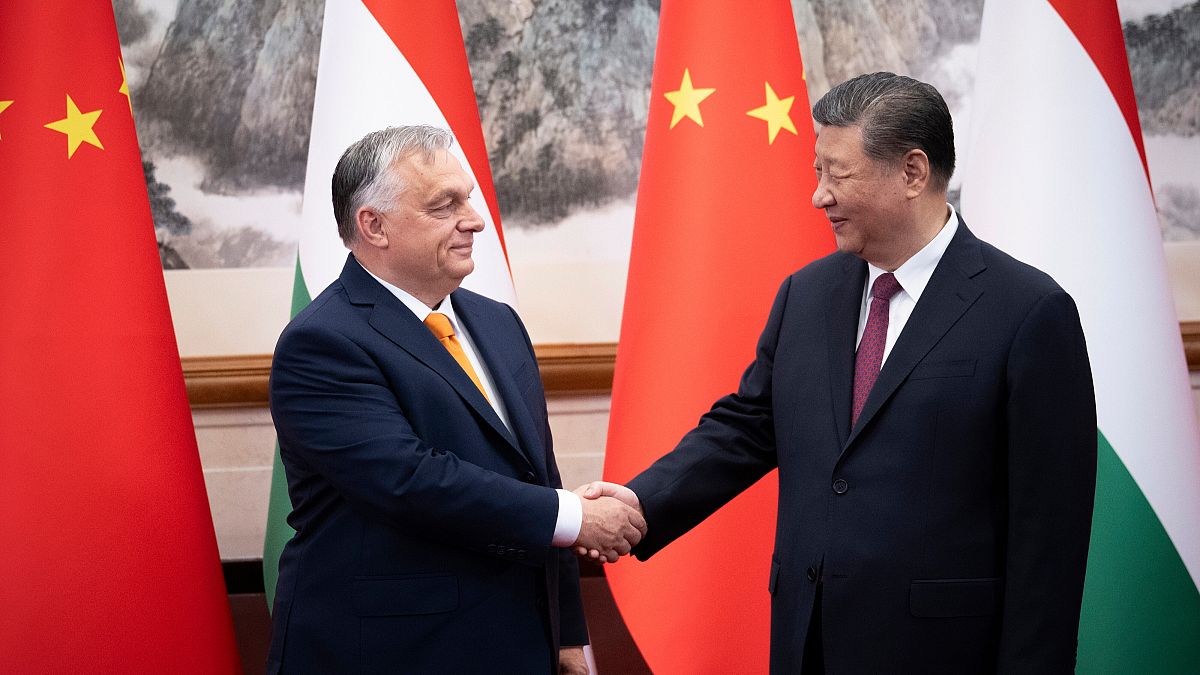
 World1 week ago
World1 week agoAfter Moscow, Hungary's Orbán makes surprise visit to Beijing
-
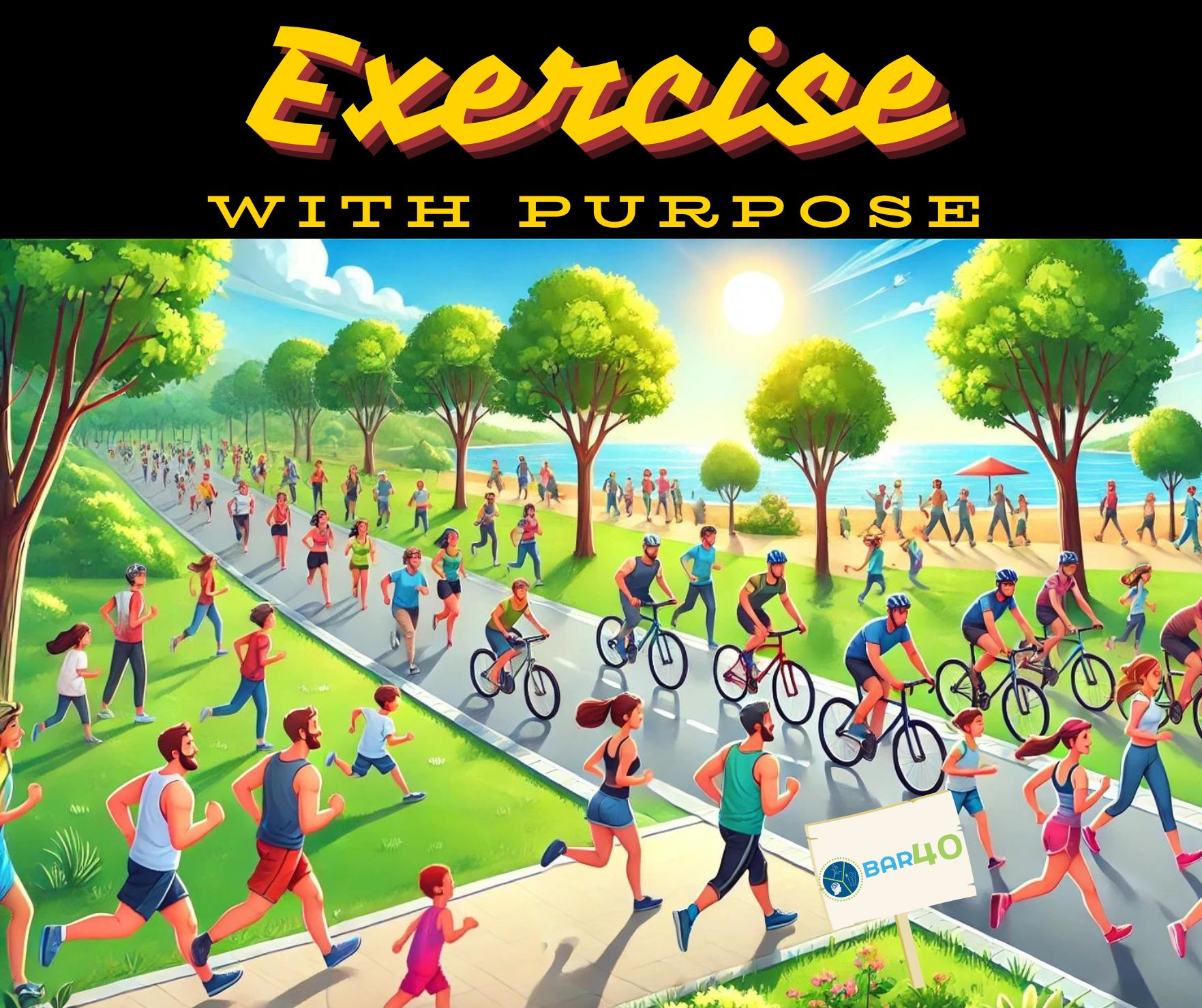
 Fitness1 week ago
Fitness1 week agoExercise with Purpose: Bar Talk with Eric Bartosz – Saucon Source
-

 World1 week ago
World1 week agoAustralia appoints special envoy to combat anti-Semitism
-

 California1 week ago
California1 week agoTwo arrested in connection to separate California wildfires
-

 News1 week ago
News1 week agoBiden tells Hill Democrats he is staying in the race | CNN Politics
-

 News1 week ago
News1 week agoHow to fight shrinkflation? Pay attention to unit prices at grocery stores
-

 World1 week ago
World1 week agoIndia’s Modi makes first Russia visit since Ukraine invasion





